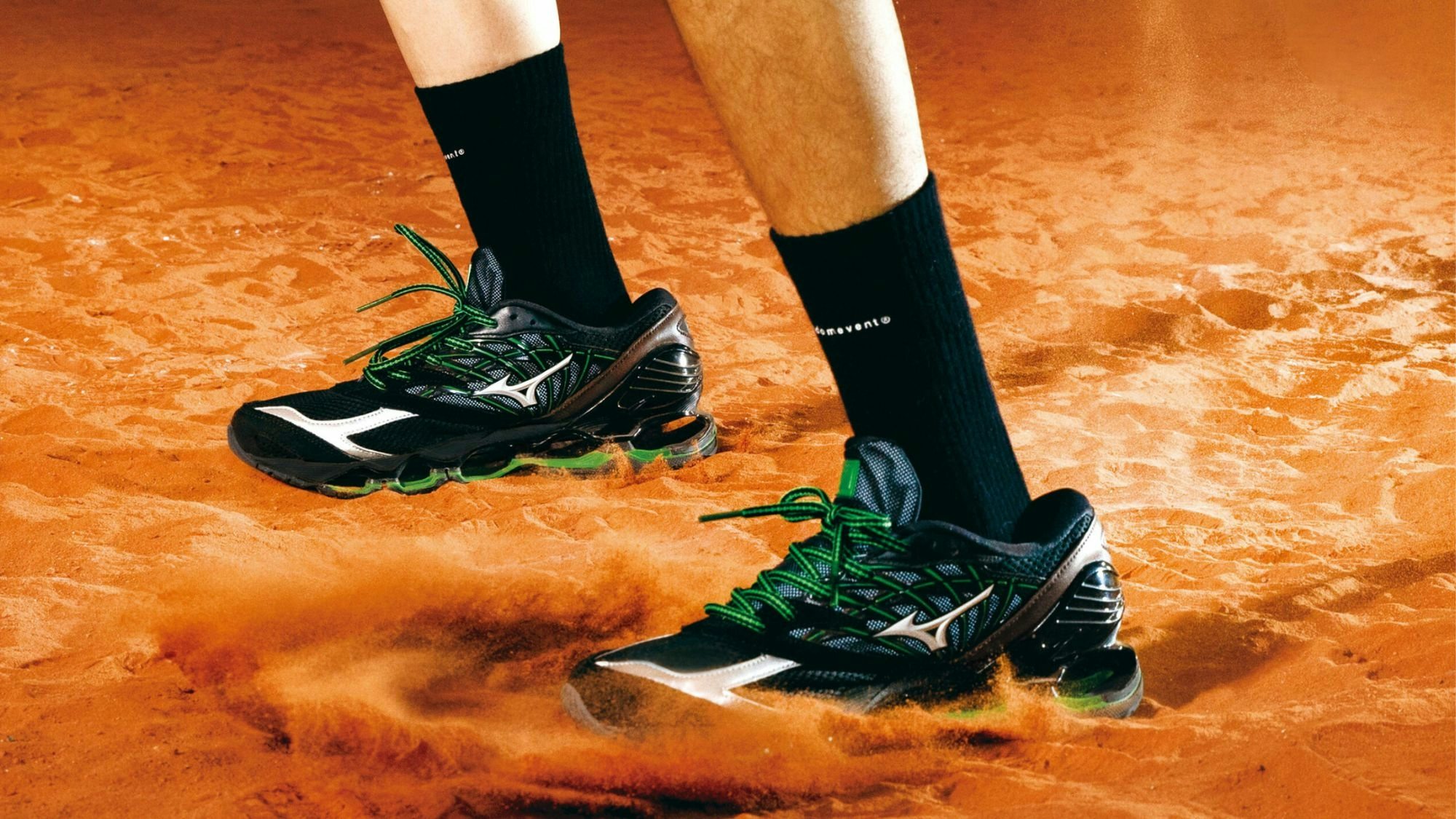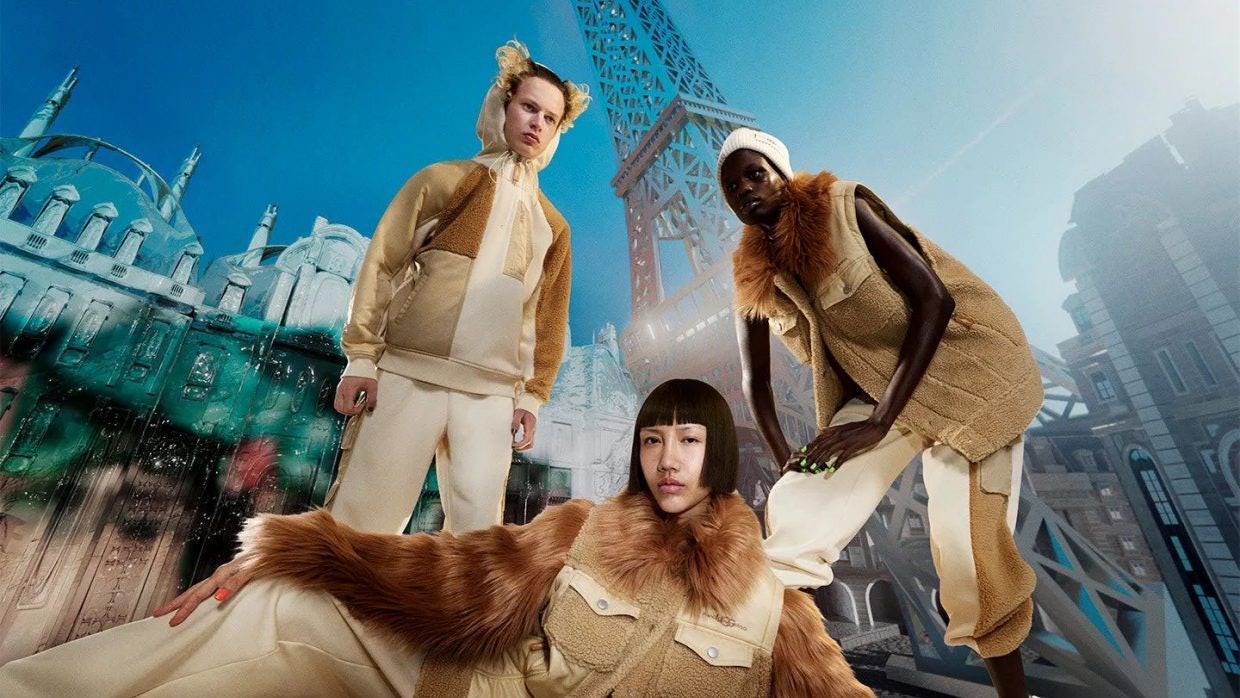Footwear partnerships are a pillar of brand collaboration. Now, the trend has reached China in a major way.
Since 2019, Shanghai-born London-based designer Feng Chen Wang has launched three collaborations with Ugg and six with Converse. During that same period, Chinese artist Zhang Quan’s brand Melting Sadness has been busy dropping frequent Adidas sneakers in the mainland.
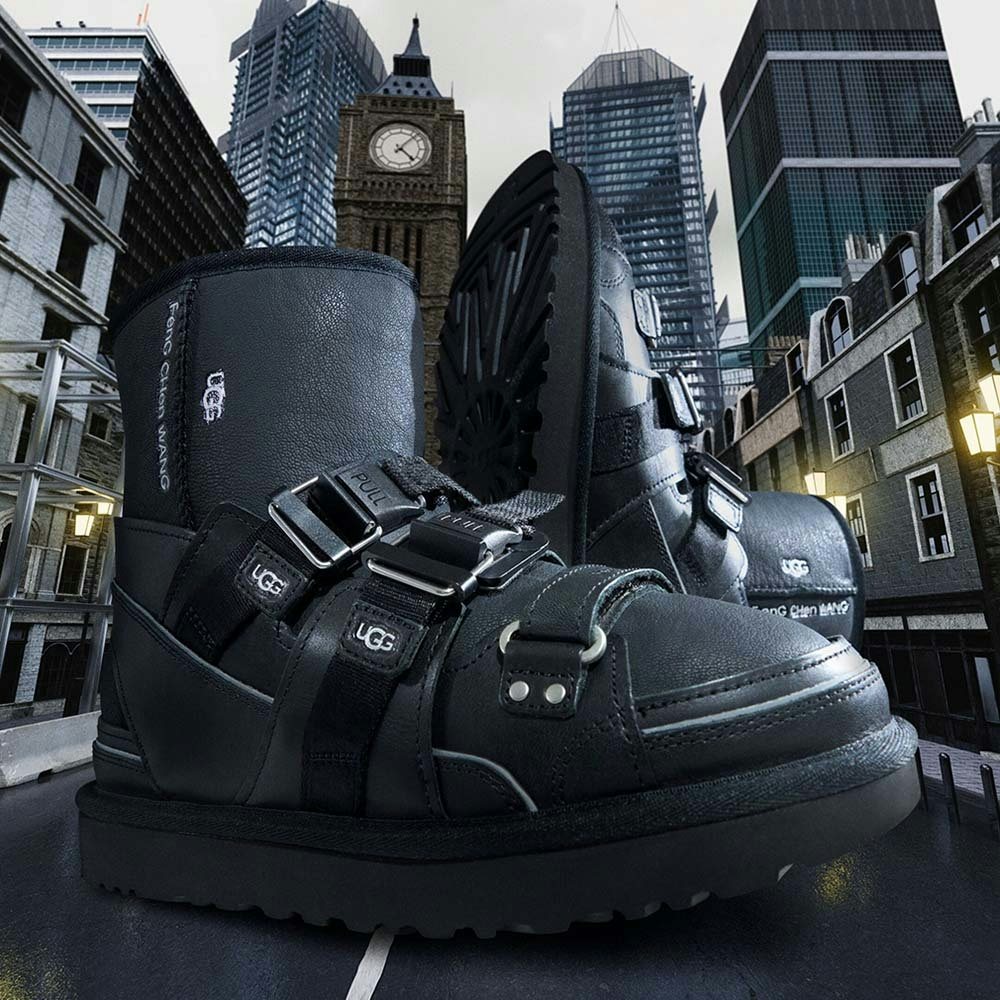
Other notable tie-ups include Younker Hong’s streetwear-retail hybrid Randomevent dropping Asics (2019), New Balance (2020), Mizuno (2022), and Reebok (2022) sneakers, as well as minimalist ready-to-wear label Attempt launching products with Uggs (2023), Vans (2019), and Asics (2022).
Around the world, long-term footwear partnerships have proven to be a hot ticket for consistently sparking consumer interest, building loyal fan bases and presenting intriguing designs.
For example, thanks to the trickle of collabs with brands like Aimé Leon Dore, JJJJound, and Joe Freshgoods over the past four years, New Balance’s notoriously dad-oriented silhouettes have transformed into hypebeast gold.
It’s that same strategy that saw former basketball player and long-time Nike collaborator Michael Jordan's world famous Nike Air Jordan 1 OG Bred 1985 sneakers list on StockX for 16,000 (110,000 RMB).
Here, Jing Daily delves into the key strategies behind the footwear collab wave in China, and why there are no signs it’ll retreat anytime soon.
Nurturing emerging talent#
Founded in 2022 by millennial entrepreneur and philanthropist Wendy Yu, the Yu Prize annual fashion design contest exemplifies the power of collaboration by providing a platform to support emerging names.
The initiative scouts and incubates homegrown Chinese talent. The inaugural edition was held in partnership with Ugg. Winner AlienAnt won 100,000 RMB and a product collaboration with Ugg, which launched on April 3 this year.
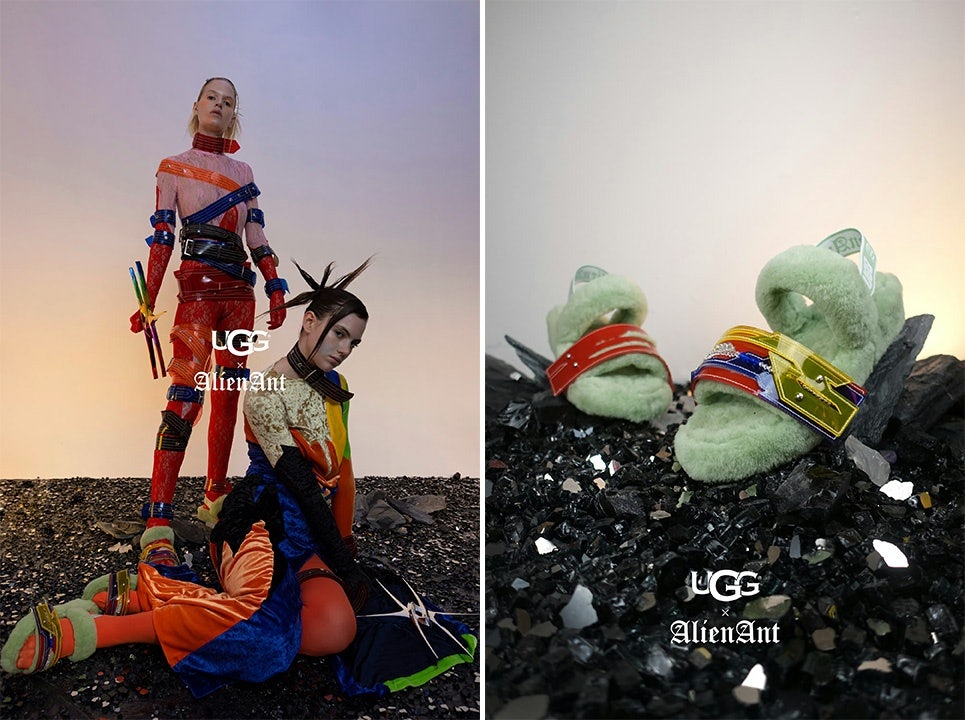
“I can’t explain how much this validation means to a young designer and how excited I am to continue on this journey,” Han Yuchen, founder of AlientAnt, said in a statement. “I truly feel aligned with Ugg’s ethos from a design aspect. This collaboration is an amazing opportunity for our visions to come together.”
The official Weibo hashtag #Yu Prize创意大奖# has been read by 35.5 million users, demonstrating how the project enabled Ugg to expand its connection with Chinese consumers while championing local designers. This level of engagement compares well with global names that have a solid presence in the mainland. For instance, on lifestyle platform Xiaohongshu, #vans has generated 22.5 million views, #adidas 347 million, and #converse 94.3 million.
These levels of reach are extremely valuable to emerging names eager for recognition.
Tapping subcultures#
Founder and CEO of Qumin and Dao Insights Arnold Ma emphasized in an interview with Jing Daily that collaboration is frequently centered on borrowing meaningful connections from external counterparts and expanding audiences.
Oftentimes, this expansion of consumer bases is achieved by tapping into subcultures via an influential name in the associated scene.
One of the most adept at working with local subcultures is Adidas. The household name has a huge presence in the mainland, commanding market share of nearly 15 percent in China's sportswear segment in 2021.
Despite its reach, Adidas continues to work with independent brands that are guaranteed to connect on a more familiar and intimate level with target consumers than it can do alone. Melting Sadness (15,800 followers on Xiaohongshu) is one of these names.
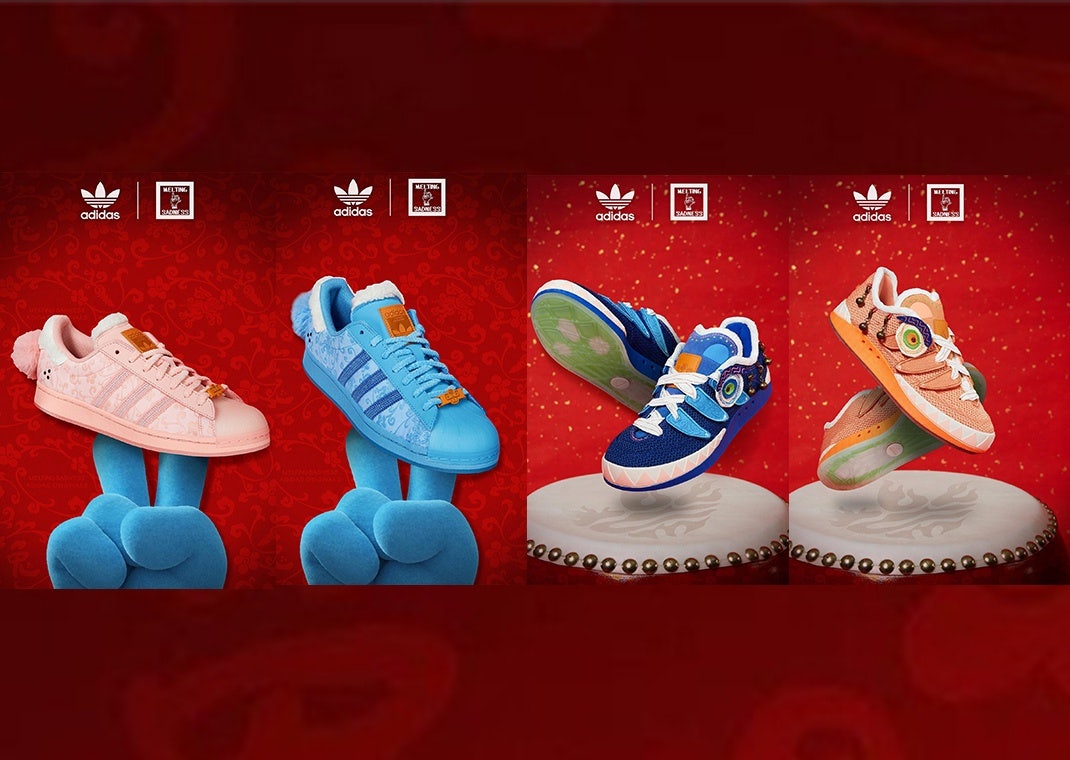
“China’s young generation thinks more independently,” says Melting Sadness founder Zhang Quan.
Put simply, local sneaker collaborations with subculture movers and shakers provides brands with a better understanding of the younger demographics. After all, brands that look after their loyal fans are better able to suceed.
Route to redemption#
From Nike launching three Drunk High sneakers with local streetwear store Soulgoods, to Adidas focusing on localized collaboration projects with the likes of Melting Sadness, Su Yuming, Fruity Shop, and artist Panda Mei, brands can create a good reputation in the mainland by working with Made in China names.
Both Adidas and Nike have taken financial hits in China in the aftermath of controversies.
Adidas saw revenue in mainland China tank 36 percent in 2022, in part because it publicly aired its view on cotton produced in Xinjiang. Then, Adidas teamed up with Melting Sadness to release sneakers for Lunar New Year in 2023.
Similarly, in Q1 of 2022, China was Nike’s worst performing market. A few months later the brand rolled out its first local retail collaboration with Soulgoods. Despite Beijing sneaker and streetwear shop Soulgoods having just 5,424 followers on Xiaohongshu, it was the ideal gateway for Nike to target potential consumers in China.
As Chinese sports brands are expanding their market share, Adidas and Nike are having to revamp their strategies to cater to their consumer bases. In fact, in 2022, China’s Anta Sports topped Nike’s annual revenue in the mainland for the first time, climbing 8.8 percent year on year to 7.8 billion (53.7 billion RMB).
Global competitors can’t afford to let performance slip. One way is though collaborations that empower them to connect with Chinese audiences in authentic ways.
